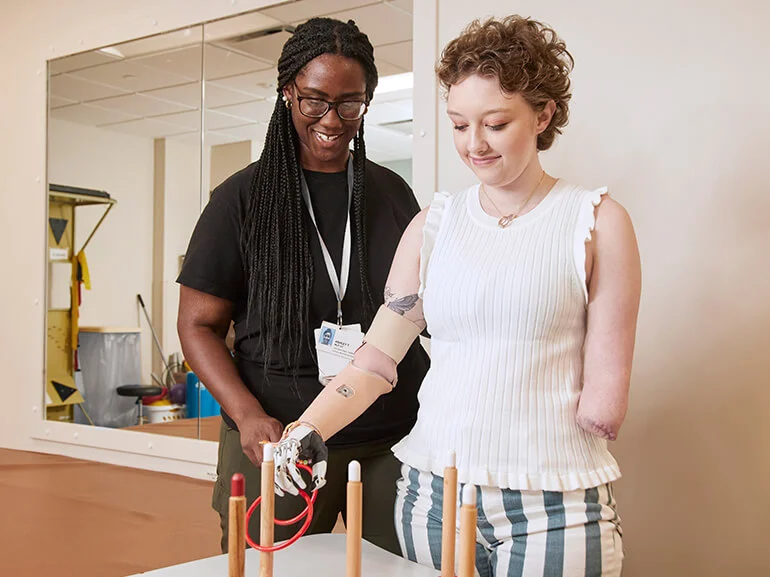For many Australians, surviving sepsis is just the beginning. Long after discharge, survivors often face a complex and poorly understood set of challenges that may be not only physical but also include a range of health issues such as fatigue, cognitive changes, anxiety, chronic pain, and reduced quality of life. This cluster of ongoing symptoms, known as post-sepsis syndrome, affects up to 50% of survivors and can persist for months or even years.
Those bereaved by sepsis are left with trauma that deeply impacts their lives, often without adequate support.
As part of the NSPE (2023–2025) a suite of initiatives to improve post-sepsis care and support for survivors and families was delivered.
These initiatives were co-designed with survivors, clinicians, and carers, ensuring they reflect lived experience and frontline realities. They also respond directly to the Stopping Sepsis National Action Plan’s (SSNAP) call to “support people affected by sepsis,” recognising that recovery is not just physical, it’s emotional, social, and financial.
Initiative One: A National Model of Coordinated Sepsis Care
Outlines essential components for coordinated survivor-centred care across the sepsis journey, from acute treatment to long-term recovery. The framework is designed to guide change by outlining the elements, activities, and behaviours required across transitions of care to coordinate and address post-sepsis support.
Initiative Two: A Business Case for Investment
Presents the economic and clinical rationale for sustained implementation of system-wide support services for people recovering from sepsis, their families, and families bereaved by sepsis. It demonstrates the benefits of investing in coordinated care after hospital discharge on health outcomes, reducing avoidable hospital demand and economic saving, supporting the case for national investment. By backing survivor needs with data, the Australian health system can plan better services, reduce long-term costs, and deliver more consistent support across Australia.
Initiative Three: Implementation Resources
Developed to guide health services in embedding consistent, high-quality follow-up care. Two key resources support the Post-Sepsis Model of Care Framework under the National Sepsis Program Extension:
Resource 1: Coordination of Care and Post-Sepsis Support – Interactive PDF
- A visual tool to support local planning and discussion around post-sepsis care.
- Maps the patient journey from hospital to community, highlighting roles, transitions, and opportunities for improvement.
- Designed to prompt quality and safety conversations across sectors.
Resource 2: Supporting Evidence and Implementation Ideas
- Companion document offering the evidence base for the model of care.
- Includes practical strategies for implementation—such as service mapping, survivor engagement, and cross-sector collaboration.
- Helps translate the framework into actionable steps for health services.
Together, the outcomes of these projects aim to improve recovery and support for sepsis survivors and their families, and for those bereaved by promoting coordinated, compassionate, and evidence-informed care. This work advances the SSNAP and reinforces the commitment to ensuring survivors are not left behind. Their journey of adapting to life after sepsis must be supported through embedded post-sepsis care that is both responsive and sustainable.
Importantly, these initiatives also make a significant contribution to the SEPSIS SUPPORT Research Program. This program builds on the foundation of current work to operationalise, pilot, and evaluate post-sepsis support services—further enabling implementation of a Model of Care and its principles of best practice. The research is currently underway, and there is still an opportunity to be involved by participating in the survey.

